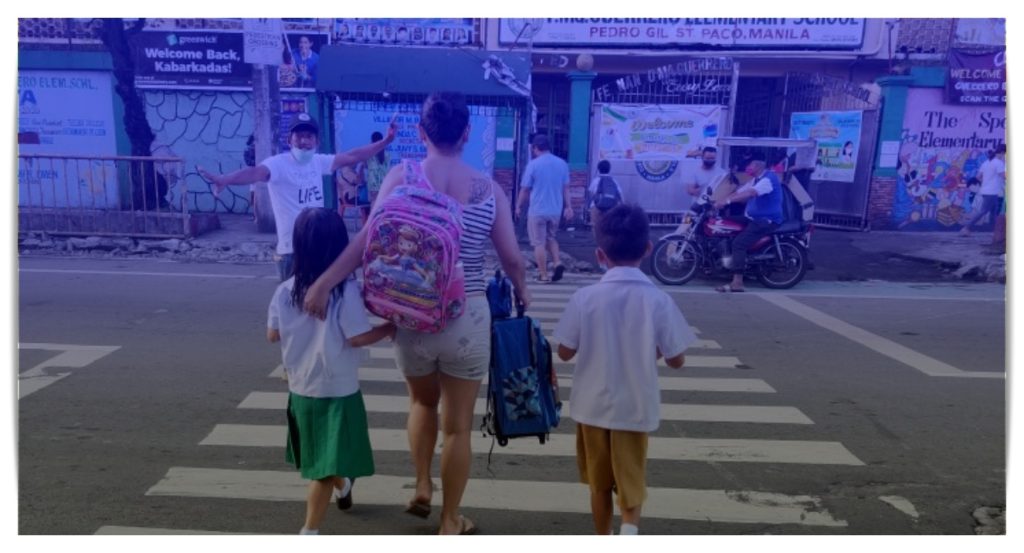Road safety is often framed around reckless drivers.
But there’s another group just as involved in dangerous road behavior: pedestrians.
Anyone who walks the streets, crosses intersections, or navigates busy roads on foot need to be just as educated as drivers on the road.
Whether you’re a commuter, a student, a parent, or an elderly pedestrian, this is for you.
And no—there’s no cost to being safer on the road. It’s free.
But ignoring this truth can come with the highest price.

Understanding Pedestrian Recklessness
Many believe pedestrians are always the victims.
But this isn’t entirely true.
Some pedestrians take risks that increase the chances of accidents.
- They jaywalk.
- They cross without looking.
- They ignore traffic signals.
These choices aren’t always out of malice.
Sometimes they’re made out of habit, distraction, or impatience.
But they can lead to serious consequences.
The truth is, being a pedestrian doesn’t mean you’re free from responsibility.
Pedestrians share the road.
And with that comes an equal need for caution.
The Dangerous Habits Pedestrians Need to Stop
Recklessness isn’t just a driver problem.
Here are behaviors pedestrians often overlook:
1. Jaywalking
Crossing streets wherever it’s convenient, not where it’s safe.
This forces drivers to brake suddenly or swerve.
Sometimes they can’t react fast enough.
2. Ignoring Traffic Signals
Rushing across the street during a red light seems harmless—until it isn’t.
Traffic signals are there to protect both drivers and pedestrians.
Disregarding them puts everyone in danger.
3. Using Phones While Walking
Many people walk with their heads down, scrolling or texting.
This reduces awareness of surroundings.
It’s like blindfolding yourself on a busy road.
4. Crossing Between Parked Cars
Drivers can’t see you when you appear suddenly from between vehicles.
This can result in collisions that could have been prevented with safer crossing points.
5. Assuming Drivers Will Stop
Some pedestrians step into the road, expecting vehicles to yield.
But assumptions can be deadly.
Not all drivers have the same reaction time—or awareness.
How Pedestrian Behavior Affects Road Safety
Reckless pedestrian behavior increases the risk of accidents.
This creates a ripple effect:
- Drivers swerve to avoid jaywalkers and hit other vehicles.
- Traffic slows down, causing congestion and frustration.
- Emergency services are stretched thin responding to preventable accidents.
When pedestrians act recklessly, it doesn’t just put themselves in danger.
It endangers everyone else on the road.
Drivers, passengers, other pedestrians—they all pay the price.
Why Pedestrian Rules Exist—and Why They Matter
Traffic laws aren’t just for vehicles.
They also exist to guide pedestrian behavior.
Here’s why following them matters:
- Safety: Traffic signals, pedestrian lanes, and crossings are designed to protect you.
- Predictability: When everyone follows the rules, drivers can anticipate pedestrian movement.
- Shared Responsibility: Road safety is a team effort. Everyone’s behavior counts.
What Pedestrians Can Do to Be Safer
Improving pedestrian behavior doesn’t require massive effort.
Small changes save lives.
1. Use Pedestrian Crossings
They’re there for a reason.
They’re marked, visible, and often come with traffic signals.
2. Follow Traffic Lights
Green means go.
Red means wait.
It’s simple, but ignoring this rule causes many accidents.
3. Make Eye Contact with Drivers
Before stepping onto the road, make sure the driver sees you.
Eye contact ensures mutual awareness.
4. Put the Phone Away
Stop texting or scrolling while crossing.
Look up, look around, and stay alert.
5. Walk Facing Traffic in Areas Without Sidewalks
When there’s no designated walkway, face oncoming vehicles.
It gives you a better chance to see and react to danger.
Common Excuses—and Why They Don’t Work
Pedestrians often justify risky actions.
But let’s break them down:
“I’m in a hurry.”
Rushing doesn’t make you invincible.
It increases your risk of being hit.
“Everyone else is crossing here.”
Safety isn’t a popularity contest.
Follow the rules, even if others don’t.
“The driver will stop.”
Not always.
Some won’t see you.
Some can’t stop in time.
“I’ve done this a hundred times.”
The 101st time could be the one that leads to an accident.
Never take safety for granted.
The Role of Education and Awareness
Road safety campaigns often target drivers.
But pedestrians need education too.
Awareness campaigns should focus on:
- The dangers of distracted walking
- The importance of using pedestrian lanes
- How reckless pedestrian behavior contributes to accidents
Schools, community groups, and workplaces should talk about pedestrian safety.
Because many don’t realize the risks until it’s too late.
Frequently Asked Questions
1. What is jaywalking and why is it dangerous?
Jaywalking is crossing the street outside of designated crosswalks.
It’s dangerous because drivers may not see you in time to stop.
2. Are pedestrians always given the right of way?
No.
Pedestrians are expected to cross at crosswalks and follow traffic signals.
Failing to do so can make them liable in accidents.
3. Is it safe to use a phone while walking on sidewalks?
It’s safer to stay alert at all times.
Even on sidewalks, distractions can cause trips, falls, or stepping into traffic by mistake.
4. How can communities promote safer pedestrian behavior?
Communities can launch awareness campaigns, improve signage, and enforce jaywalking laws.
Education plays a key role in changing habits.
Conclusion
Road safety isn’t just about blaming drivers. It’s about creating a culture where everyone does their part. Drivers obey traffic laws. Pedestrians cross safely. Cyclists follow the rules of the road. When we all follow the rules, we protect each other. And that’s the kind of community we all deserve.